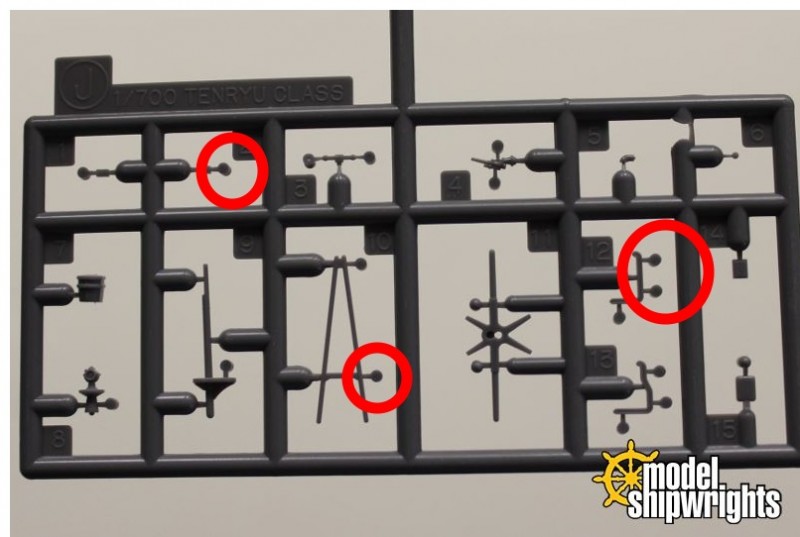
Airfix has been busy lately releasing a number of very welcomed subjects, and all newly tooled. This is my first build of a recent Airfix, and I've got to say I'm impressed. The fit has been amazing and the detail more than adequate for most purposes...granted, I've only just begun, but it's looking good so far. The biggest complaints I’ve had are that the fit of the interior bulkheads have been a little sloppy, and that there is a curious surface texture on most of the major exterior parts that needs to be knocked down if one is interested in applying a metallic finish. I’m not sure if this is an artifact of the process used to create the tooling or intentional, but it did require a couple of coats of Dutch Boy Acrylic primer and a couple of hours with 3200 grit sanding pads to knock down. As is usually the case with these projects, it was a decal sheet that piqued my interest in the particular airframe I settled on. The war horse I settled on was the Fassburg Flyer, a tired, beat-up pack mule from WWII that participated in the Berlin Airlift. One of the things that attracted me to this project was the chance to practice some of the skills I’ve been neglecting most of my modeling career; realistic weathering. This seems to be a thing these days, and with all the literature available and the products to make the job easier, I couldn’t say no…plus I could finally draw on some of my ‘corporate knowledge’ from my career in aviation.
So, what follows will be another attempt to capture the high points of this project, photograph them in a passible manner, and write about it so as not to embarrass myself. As I mentioned, I’m using the Airfix C-47 (masquerading as Dakota Mk.IV) and as much Eduard PE as I could jam into it. I purchased the Big Ed set, which includes the self adhesive pre-painted interior set (a concept I’m not entirely sold on), pre-painted troop seat seatbelts, interior details, exterior details, exterior surface panels, and a set of painting masks. Also purchased was the Quickboost resin exhausts, engines, and intake scoops. The decals are from Icarus Designs and represent a number of Berlin Airlift participants, and looks good on the sheet.
The Eduard pre-painted cockpit items are great, and really look the part. It's doubtful, however, that much of that detail will be seen without the benefit of a penlight and a dental mirror.

One of the biggest challenges in this project, I think, is replicating the look of a well-used aircraft that didn't have a lot of down time for cosmetic maintenance. The few photos I've seen of this aircraft show a number of colors on the exterior, and those areas that still retained the original color were very faded. Also, there was a predictable amount of paint chipping and general wear. I needed to bring this inside in a believable manner, keeping in mind that since its was the interior where all the 'action' occurred it follows that the majority of the wear would be concentrated there. To duplicate this wear, I first painted everything Testors Metalizer Aluminum Plate, followed with Vallejo Chipping Medium, and then Interior Green or Black, as appropriate. Areas that were to be distressed were moistened with water, and roughed up with a stiff bristle brush. This created a flaked appearance, rather than a scratched appearance. I also used 1200 grit wet and dry to simulate abrasion wear in those areas most prone it; troop seats and cargo floor.



I also dirtied things up with a wash of burnt sienna oil paint and some Mig weathering washes and filters. After the initial weathering, I added the sidewall seating seatbelt, assembled the bulkheads to the cargo floor, and had a final session with oils to unify the look.




More to come as time allows....and, as always, your suggestions are welcomed...especially since I'm way outside my area of expertise.
















